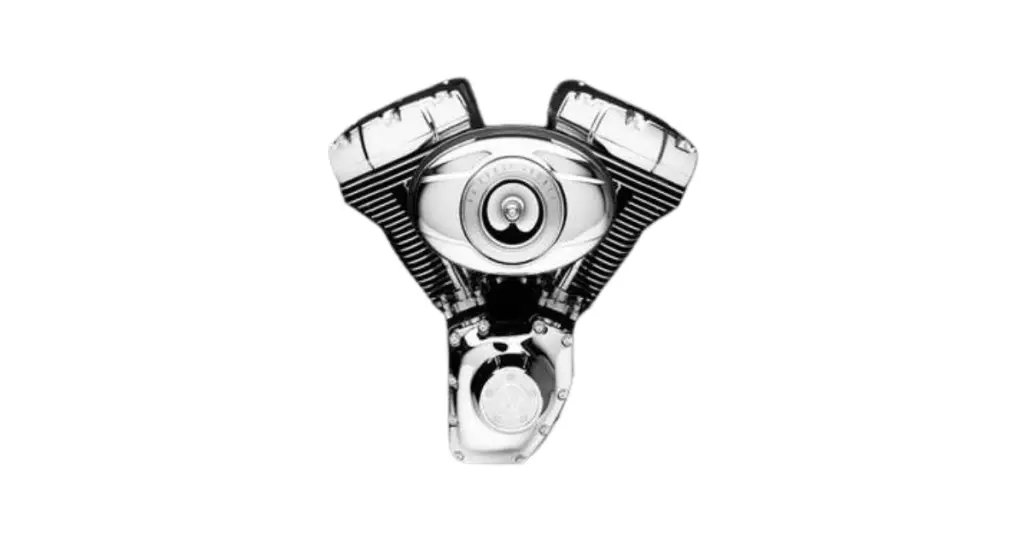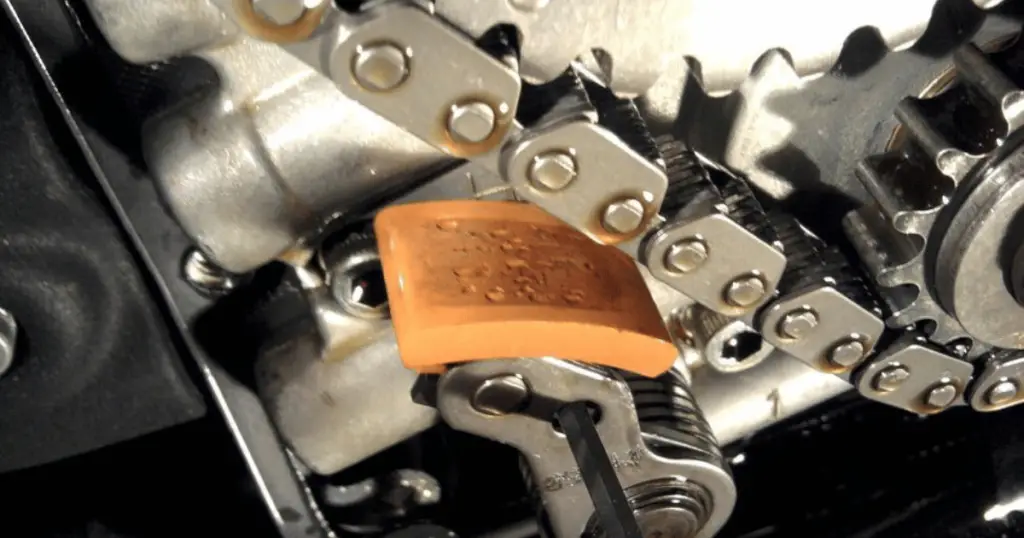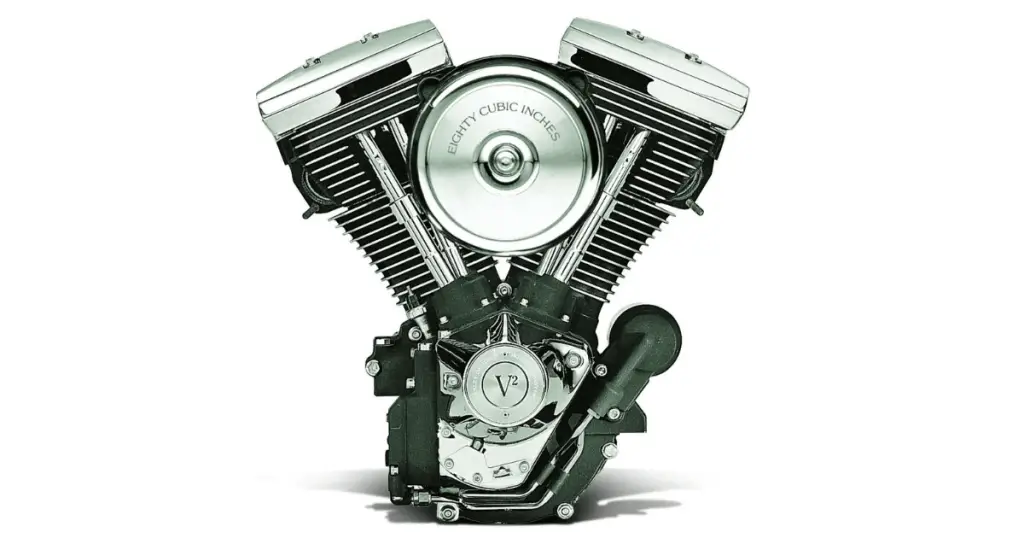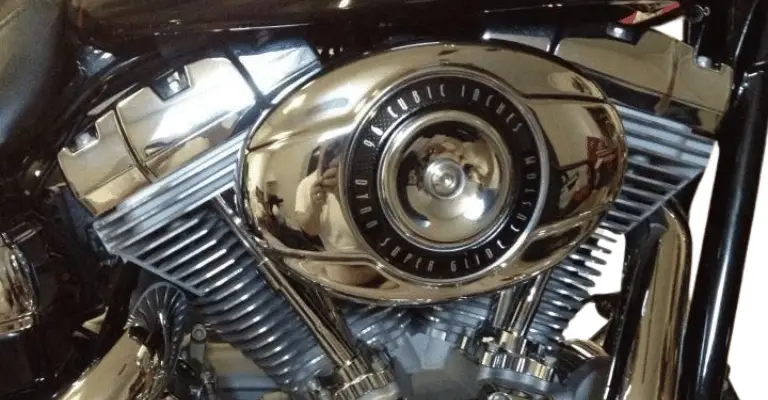Last Updated on January 10, 2024 by Pittalks
Harley Davidson’s famed motor, the Twin Cam 96, is embedded in the annals of motorcycle heritage. Much like any machine, it has its strengths, and it has its weaknesses. This article delves into the heart of the Twin Cam 96 reliability from the perspective of its utility, potential issues, and general consensus among motorcycle enthusiasts. But, the question remains: Is The Twin Cam 96 A Good Motor? Let’s find out.

When Did Harley Release the Twin Cam 96
The Twin Cam 96 made its debut in 2007 as Harley Davidson’s answer to riders seeking an engine with more power and reliability. It was a step up from the Twin Cam 88 that had been serving Harley riders since 1999.
How Is The Twin Cam 96 Reliability Considered?
Opinions on the Twin Cam 96’s reliability tend to be divided. A considerable number of Harley riders vouch for its durability and lifespan, having ridden many thousands of miles without experiencing any major issues. However, there is also a faction of riders who have reported facing problems before even reaching the 10,000-mile mark.
What Are The Most Common Twin Cam 96 Problems?

The Twin Cam 96, while a good engine, has been associated with a few common problems. These include:
Failure of Bearings
Bearing failure has been reported as one of the most frequent problems with the Twin Cam 96 engine. This can lead to several issues, including excessive engine noise and even a total engine failure if not addressed promptly.
Oil Pumping Because of Oil Pump Failure
Oil sumping, also known as wet sumping, is another issue reported by some Twin Cam 96 users. This happens when oil that should be in the oil tank ends up in the crankcase. In more severe scenarios, riders have reported oil pump failure, which can result in significant engine damage if not detected early.
Cam Chain Tensioner Failure
Cam chain tensioner failure is another issue reported by a number of Harley riders. This can lead to several problems, including engine noise, poor performance, and even engine failure if not promptly addressed.
Dive deeper:
- Harley Twin Cam Years to Avoid: A Comprehensive Guide
- What Year Harleys to Avoid (A Comprehensive Guide)
Twin Cam 96 Comparison to It’s Predecessor, the Evo Engine

The comparison between the Twin Cam 96 and the Evo Motor is subjective and depends on individual rider preferences. Both engines have their pros and cons, and the choice ultimately comes down to what the rider values most in their motorcycle engine.
Related: Harley’s Twin Cam vs Evo: Who’s Really The King Here?
Twin Cam 96 Specs
The Twin Cam 96 engine boasts a displacement of 96 cubic inches (1584cc). It features a bore of 3.75 inches and a stroke of 4.38 inches, with a compression ratio of 9.2:1. Moreover, it comes with overhead valves with hydraulic, self-adjusting lifters, and two valves per cylinder. It also features Electronic Sequential Port Fuel Injection (ESPFI).
How does it compare to its little brother, though? Twin Cam 88 vs 96: Which TC Is Really The King?
96ci Performance Specs
The Twin Cam 96 engine is capable of producing approximately 68 horsepower and 92.6 ft-lb of torque. The time it takes to go from 0-60 mph can vary depending on the specific model of the motorcycle but typically falls within the 4.5 to 6 seconds range.
Twin Cam 96 Upgrade Options
Several performance upgrades are available for the Twin Cam 96 engine. These include:
Full Stage Kits
Stage kits can help enhance the power and performance of your Twin Cam 96 engine. These kits typically include items such as high-flow air cleaners, performance camshafts, and performance exhaust systems.
Fuel Tuning
Tuning can help optimize the performance of your Twin Cam 96 engine.
Exhaust Upgrades (Full System, Slip-Ons, or Header Pipes)
Upgrading the exhaust system can increase horsepower and torque. Several companies offer performance exhaust systems specifically designed for the Twin Cam 96 engine.
Air Intakes
Upgrading the air cleaner can help improve air flow and performance. Several companies offer high-performance air cleaners designed to fit the Twin Cam 96 engine.
Which Models Used The Twin Cam 96?
The Twin Cam 96 engine found its place in a variety of Harley-Davidson models, including the Softail, Dyna, and Touring models.
Twin Cam 96 vs Twin Cam 103 Comparison
The Twin Cam 103 engine is a larger displacement version of the Twin Cam 96. It offers more power and torque, which makes it a popular choice for riders seeking enhanced performance. However, the Twin Cam 96 still holds its own as a reliable and capable engine, enjoyed by many riders.
Read more: Harley 103 Engine: Power and Problems Unveiled (Good Motor or No?)
How Does The Twin Cam 96 Compare To Milwaukee 8 Engines?
The Milwaukee 8 engines are successors to the Twin Cam engines. They offer even more power and torque than the Twin Cam 103, along with improved cooling and reduced vibration. However, the Twin Cam 96 continues to be a reliable and capable engine, which continues to be enjoyed by many Harley riders.
In conclusion, the Twin Cam 96 is a good motor, but like any mechanical device, it’s not without its potential issues. Regular maintenance and timely repairs are key to ensuring a long and trouble-free life for this engine. As long as you keep up with the necessary maintenance and address any “twin cam 96 problems” promptly, you can expect a reliable and satisfying ride.
Read more: Twin Cam vs Milwaukee 8: Who’s The Harley Engine King?
Frequently Asked Questions
A 96 cubic inch (ci) Harley motor, with proper maintenance and care, can last well over 100,000 miles. The longevity of the motor depends significantly on factors like riding habits, maintenance schedule, and overall treatment of the motorcycle.
The most common issue with the Harley Twin Cam engine, particularly in earlier models, was related to the cam chain tensioner system. This part was prone to wear and could lead to engine problems if not addressed. Later models switched to a hydraulic tensioner system, which significantly reduced this issue.
The Twin Cam 96 engine by Harley-Davidson is approximately 1,584 cubic centimeters (cc). The ’96’ in its name refers to its displacement in cubic inches.
Harley-Davidson introduced the 96 cubic inch engine in their 2007 model year. This engine was part of the Twin Cam series and was used to replace the previous 88 cubic inch engine.
The 96 on a Harley refers to the engine displacement in cubic inches. Specifically, it denotes the 96 cubic inch (1,584 cc) engine size. This is a part of Harley-Davidson’s naming convention to indicate the engine’s cubic inch displacement.
Harley began transitioning from the 96 cubic inch engine to the 103 cubic inch engine in the 2012 model year. The 103 engine was introduced as an upgrade to provide more power and performance.
Read More of Our Latest Posts:
- Harley Davidson Evolution Engine Problems (+Years to Avoid)
- Is The Twin Cam 96 A Good Motor? Yes, No, Maybe So
- Are These Harley V-Rod Problems Too Much To Handle?
- Twin Cam vs Milwaukee 8: Who’s The Harley Engine King?
- Harley’s Twin Cam vs Evo: Who’s Really The King Here?
- Twin Cam 88 vs 96: Which TC Is Really The King?
- Harley Oil Pressure Problems? Read This! (Help Is Here)
- Harley Automatic Primary Chain Tensioner Problems? Read This
- Harley Davidson Overheating Problems? Help Is Here!


